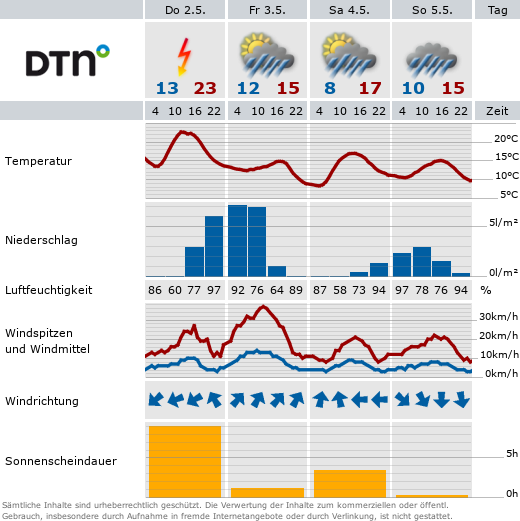Equal Pay Day
Equal Pay Day is the day of the year that draws attention to the gender pay gap.
The day symbolizes the date up to which women would not be paid at all from the beginning of the year if they received the same average hourly wage as men during the rest of the year.
Equal Pay Day originated in the USA. In 1988, the American "Business and Professional Women (BPW)" created a symbol for the red numbers in women's wallets with the "Red Purse Campaign". BPW Germany took up this idea and launched the "Red Purse Initiative" in 2008, which laid the foundation for the nationwide introduction of Equal Pay Day (Equal Pay Day n.d.).
About the Equal Pay Day campaign
According to figures from the Federal Statistical Office, women in Germany earned an average of 16% less than men in 2024. In terms of gross hourly pay, women received an average of 22.24 euros, while men received 26.34 euros. This gender-specific pay gap is referred to as the gender pay gap. Compared to the previous year, the gender pay gap fell by 2 percentage points (Statistisches Bundesamt 2025). At EU level, the average gender pay gap in 2022 was 12%. Only in Estonia, Austria and the Czech Republic is the gender pay gap even greater than in Germany (Statistisches Bundesamt 2024).
- You can find out more about the gender pay gap on our topic page Gender pay gap - pay (in)equality
Last updated: March 2025
Sources (in German)
- Equal Pay Day (n.d.): Historie zum Equal Pay Day in Deutschland. Last accessed 18.09.2024.
- Statistisches Bundesamt (2025): Gender Pay Gap sinkt 2024 im Vergleich zum Vorjahr von 18 % auf 16 %. Last accessed 18.02.2025.
- Statistisches Bundesamt (2024): Gender Pay Gap 2023: Deutschland bleibt eines der EU-Schlusslichter. Last accessed 10.09.2024.





